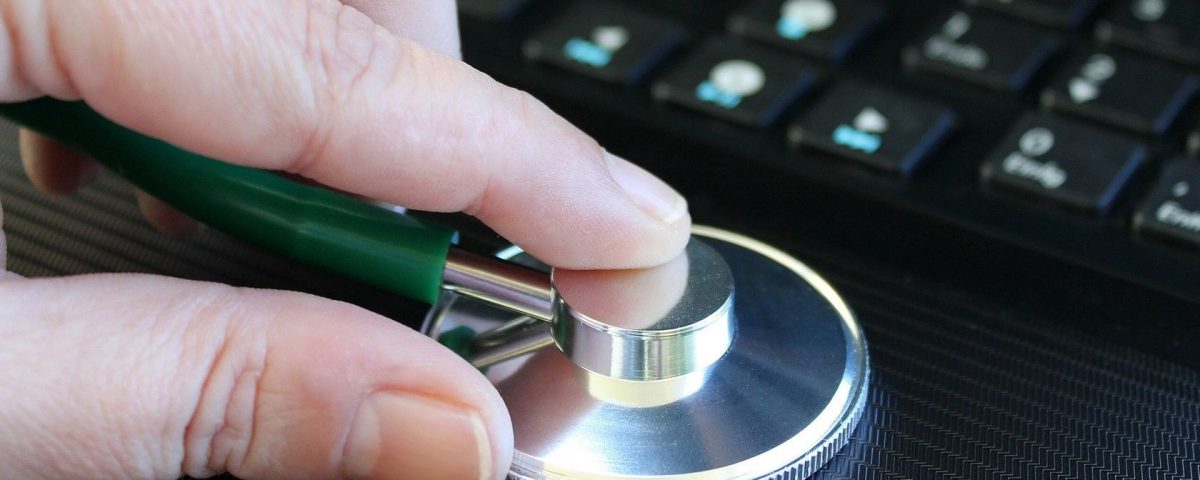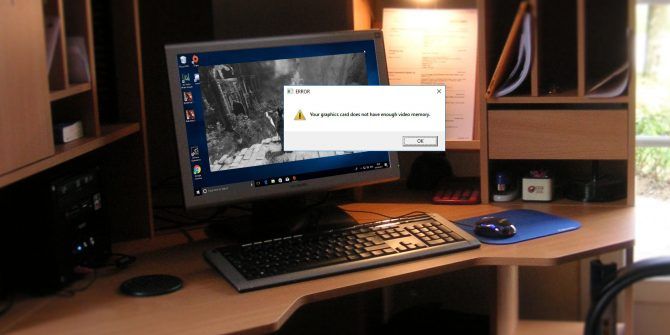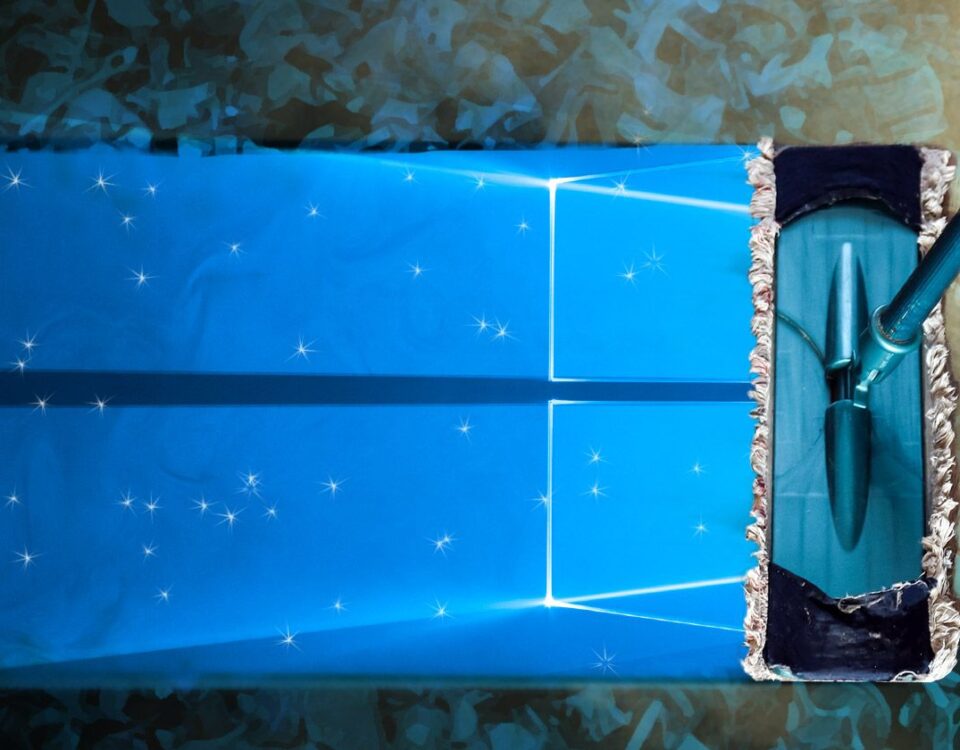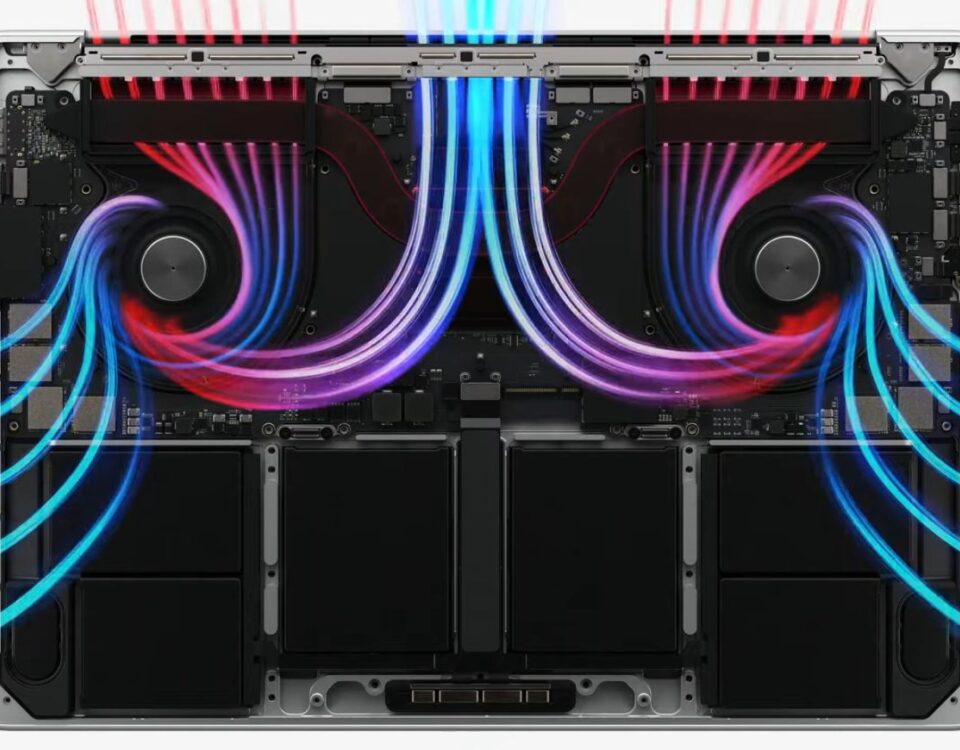If you’ve recently paid your Device Manager a visit and found something called a “Base System Device” giving you a warning you may have no idea what it is. However, before you hit the panic button and start fiddling with your Device Manager, it’s a good idea to explore what this mysterious device is and why it’s there.
So, what is a “Base System Device,” and how do you fix the alert it gives you in the Device Manager?
What Is a Base System Device Error?
A Base System Device is a hardware component connected with your PC. For instance, it can be your motherboard chipset, a Bluetooth transmitter, or an SD card reader.
The reason it’s appearing as a “Base System Device” is because your system cannot properly interact with the device. This is usually because your computer doesn’t have the device’s official driver to work with.
Base System Devices that appear on your Device Manager typically have a small yellow exclamation mark and are usually categorized as Other devices.
How to Determine What the Base System Device Is
Before you can help your PC identify a mysterious Base System Device, you need to determine what device your computer is trying to recognize. In most cases, it’s your chipset, Bluetooth, or SD card reader. Sometimes, installing a virtual machine on your PC can also cause this problem.
However, if you think none of those are the root cause of the problem, you’ll need to find the device’s hardware ID. That way, you can then match the ID to the product and identify which device is giving your computer trouble.
To do this, double-click on the Base System Device and switch to the Details tab in the Properties window. Click on the drop-down list under the head Property and select Hardware Ids.
??????Note down the Vendor ID and Dev ID. The Vendor ID is the 4 letters after VEN_ and the Dev ID is the 4 letters after DEV_. In our example above, the Vendor ID is 8086, and the Dev ID is 1911.
Now, you’ll need to check these digits on a website like PCI Lookup. Click submit after entering both IDs and it will look up the IDs to see if it can find the device.
In my case, it was the chipset, but it could be different in your case. Once you know the device that’s causing the problem, you can work on fixing it.
How to Fix the Base System Device Error in the Device Manager
You can usually fix a Base System Device error by installing the corresponding device’s driver. This then gives your PC something to work with and allows it to communicate with the device proper.
1. Install Drivers Manually From the Manufacturer’s Website
Your first port of call should be downloading the correct driver from your device’s manufacturer. You could ask Windows to find the driver for you, but there’s a good chance that this error occurred because Windows failed to find anything to download.
If you don’t have the original driver disk for your device, try searching online for your device name or its manufacturer. Then, go to the manufacturer’s website and download the relevant drivers. For instance, if you want to install the driver for your Intel-based chipset, you can use Intel’s Chipset Installation Utility.
Once you find the appropriate drivers, right-click on the Base System Device from the Device Manager and select Update driver. On the following screen, select Browse my computer for drivers and navigate to the folder where you’ve stored the driver files.
Select them and complete the steps for installation.
2. Let Windows Find and Download the Driver
If you want to give Windows’ automatic update feature a shot, go to the Update Driver menu as above. However, select Search automatically for drivers instead of Browse my computer for drivers.
Windows will then search for an appropriate driver. If it finds one, you can install the driver by following the setup steps Windows provides you. If it doesn’t, you could try running a Windows Update to see if that helps.
Search the Start Menu for Windows Update and run the Best Match. Click on Check for Updates.
Note that this will identify all of the updates available for your system. If there are several, you’ll need to look at the list of updates to verify if the driver you’re looking for is in there.
Base System Device Found and Fixed
Hopefully, you were able to determine what the Base System Device is on your PC, find an appropriate driver, and fix the problem.
If you couldn’t fix the issue, there’s a possibility that the problem is with your hardware. You can test the hypothesis by using the hardware on a different PC. For instance, you could plug the SD card into another PC and see if it works fine.
However, if you had problems with updating or finding the right drivers, you may want to try a third-party driver updater.
Read Next
About The Author









